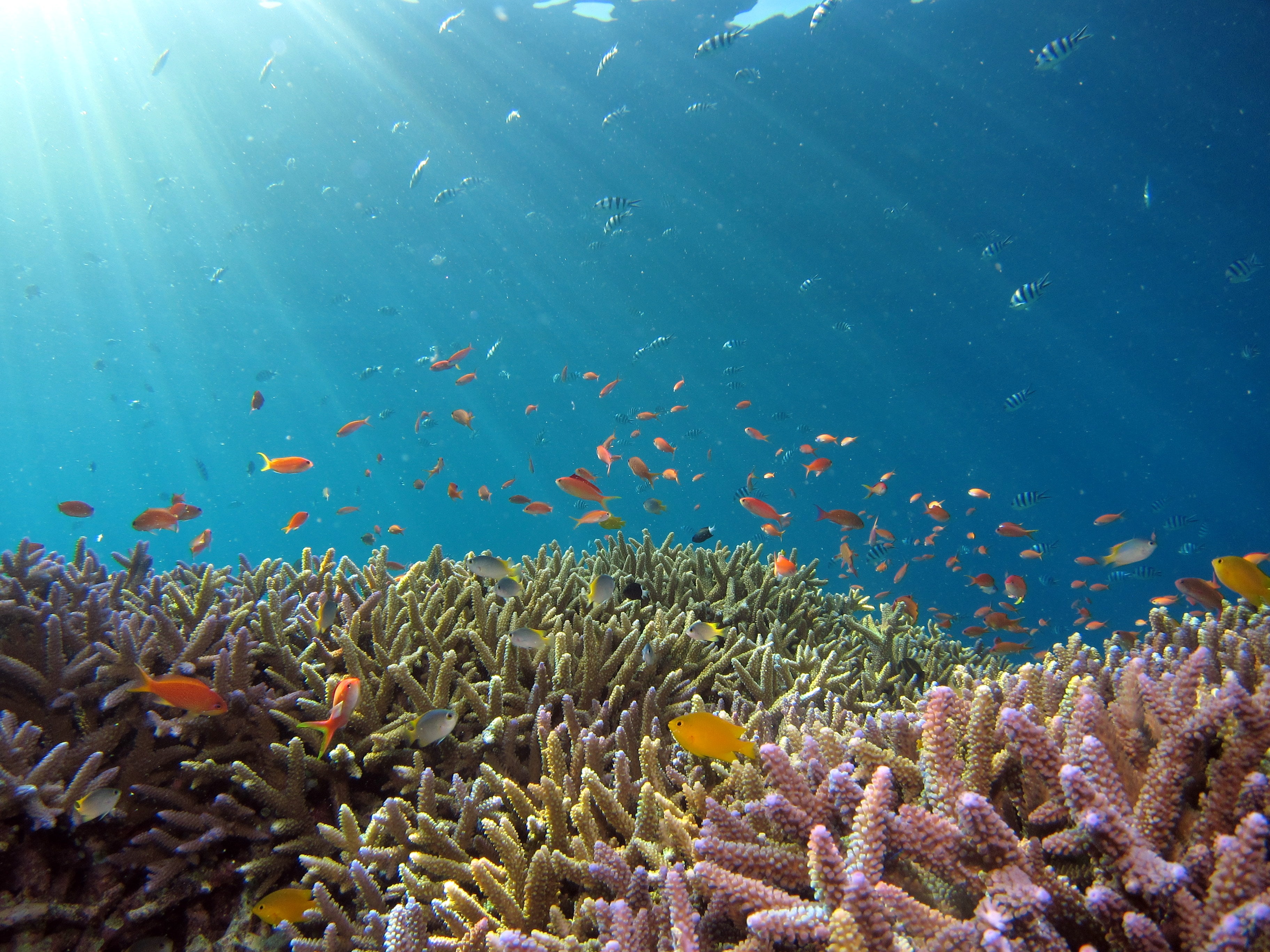Tourism to Cozumel Island generates USD 762 million annually in local economic activity, and 111 visitors stay in local hotels for each inhabitant. The island’s coast is its principal attraction, yet water quality and reef health are threatened. This paper studies the link between the local economy and management of Arrecifes de Cozumel National Park, using a choice experiment to assess the economic value visitors assign to underwater visibility, biodiversity, and visitor congestion in reef areas. We found that, on average, tourists are willing to pay USD 190 per visit to avoid a projected decrease in biodiversity, USD 120 per visit to prevent a projected decline in visibility, and USD 98 to avoid high congestion during reef visits. We find high heterogeneity in willingness to pay estimates, which may be useful for targeting both conservation and marketing efforts. On the other hand, increasing the reef access fee from USD 2 to USD 6 could fully fund effective protected area management, with no substantial effect on visitors’ consumer surplus. Results suggest that a conservation surcharge could be added to all tours, with little impact on visitation, and that significantly increasing private sector collaboration and government spending on conservation would be good economic choices.

